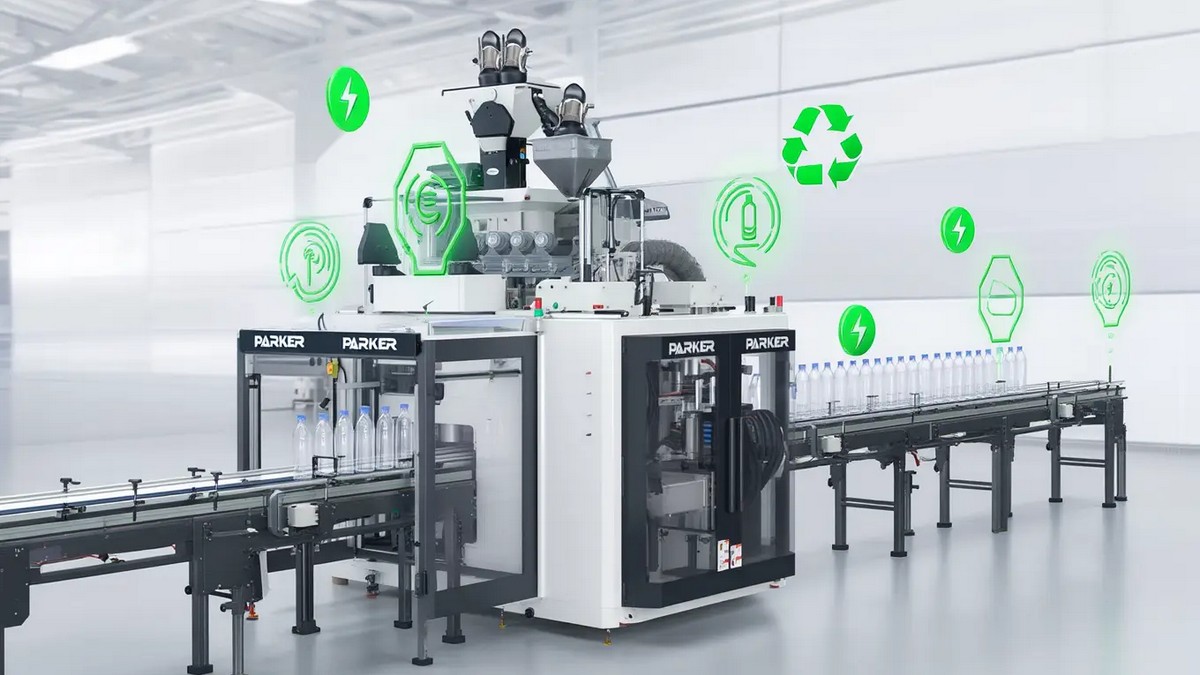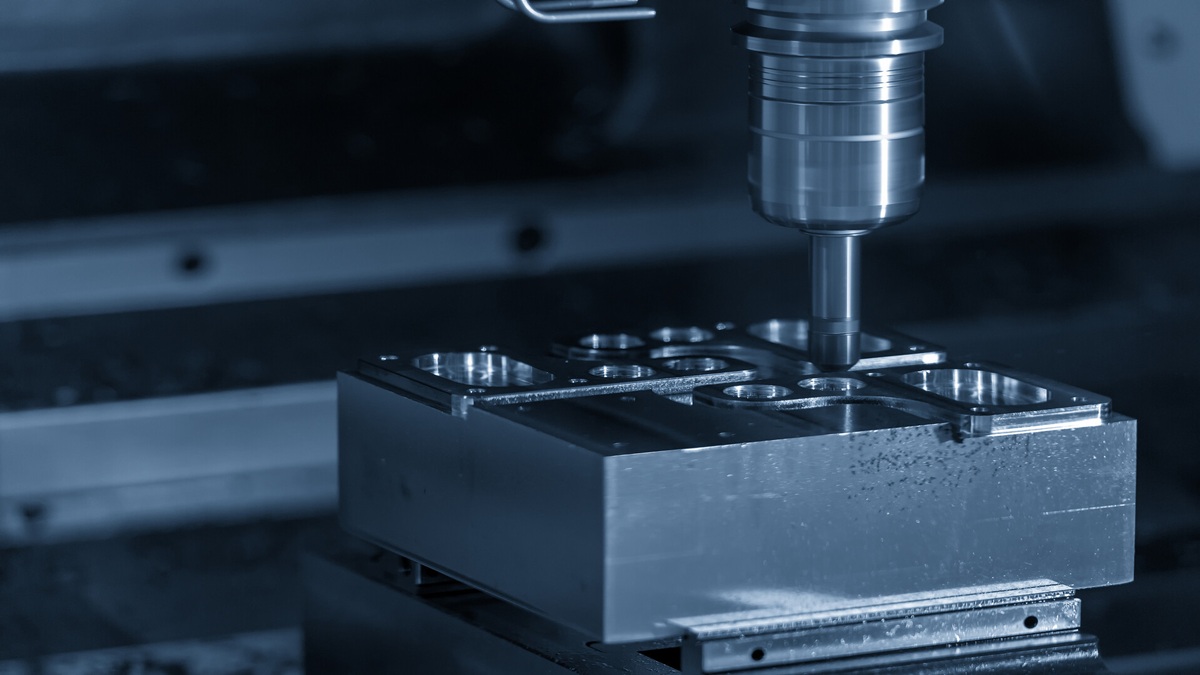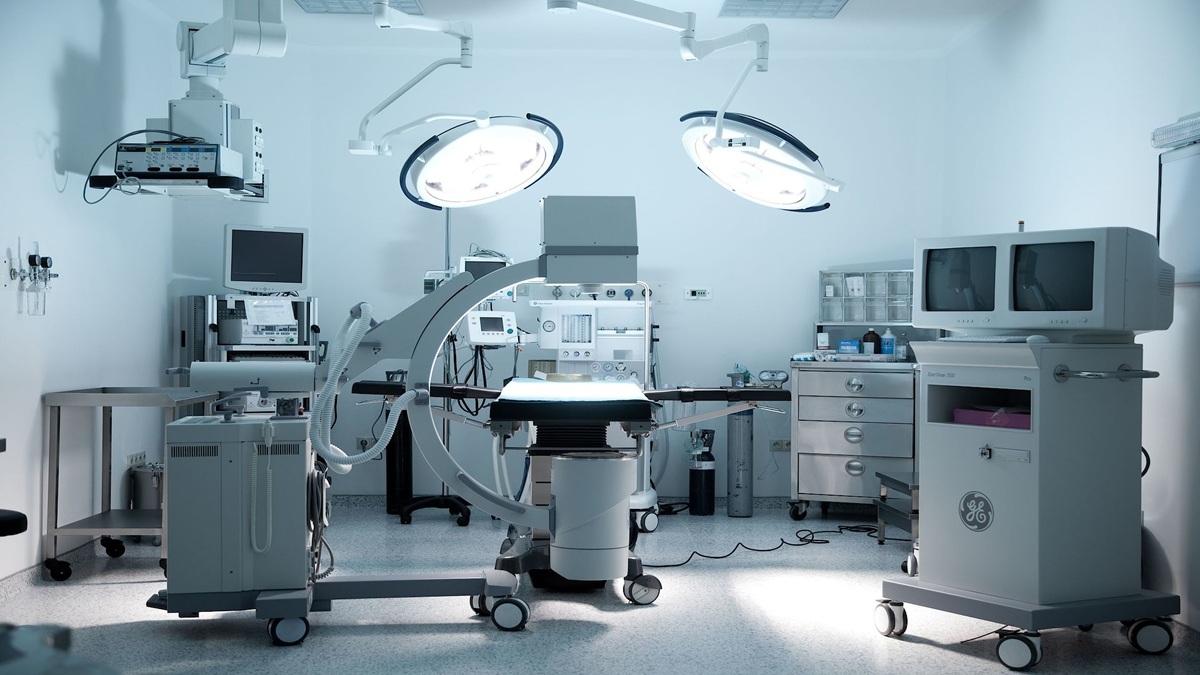Food processors are a staple in contemporary kitchens, combining the efficiency, versatility, and functionality of culinary tasks—from chopping and slicing to pureeing and kneading—in one device. They have evolved significantly since their inception, becoming essential in both domestic and commercial settings. Buyers should consider their specialized uses, unique designs, underlying technology, and manufacturing locations to get the best value for their money.
History and Design Evolution
Food processors were first developed in the 1960s to save time in food preparation, inspired by industrial-grade processors used in restaurants. Over the years, manufacturers have improved the designs, focusing on power, safety, and versatility. Today’s food processors are refined, with ergonomic designs and multiple functions that make cooking accessible to home users.
Food processors use rotating blades and discs powered by high-torque electric motors. These motors vary in power, typically ranging from 200 to 1200 watts, depending on the intended use. Advanced processors offer multiple speed settings to handle different textures and consistencies.
The blade assembly usually consists of sharp stainless steel blades designed to cut through food efficiently. Some high-end food processors also feature sensors that automatically adjust power and speed based on the load, preventing overheating and ensuring efficient operation.
Types of Food Processors and Their Uses
Food processors come in various types, each designed for specific tasks to make kitchen work more efficient. Here are the most common types and their specialized uses:
Mini Food Processors
Compact and highly portable, mini food processors are ideal for small jobs such as chopping garlic, herbs, and nuts. The typical volume capacity of mini food processors ranges from about 1 to 4 cups (240 ml to 950 ml). They are also popular for making dressings, salsas, and baby food. Due to their smaller motor size, they are less costly and more energy-efficient. Their small size is convenient for limited kitchen space and lighter tasks.
Full-Sized Food Processors
Full-sized food processors are designed to handle more extensive and varied kitchen tasks than their mini counterparts, making them suitable for larger households or more frequent use. The normal volume capacity for full-sized food processors typically ranges from about 9 to 16 cups (about 2.1 to 3.8 liters). This larger size allows users to easily manage bigger batches of ingredients, making them ideal for tasks like slicing vegetables, shredding cheese, kneading dough, and blending thicker mixtures like doughs and batters.
These processors come equipped with more powerful motors and a variety of attachments, which can include multiple blade options, dough blades, and slicing/shredding discs. The increased capacity and power make full-sized food processors a versatile tool in a busy kitchen.
Handheld Processors
Handheld processors, also known as immersion blenders or stick blenders, have a compact design consisting of a long, narrow body with blades at one end that can be immersed directly into the food container or cooking pot. The motor is housed in the upper part of the shaft, and controls are located on the handle for easy operation. They are designed for quick, one-handed operations like blending smoothies or chopping nuts, offering portability and convenience.
Blender-Food Processor Combos
Blender-food processor combos are designed with a single motor base that accommodates different attachments and bowls. The blender attachment usually includes a tall, narrow pitcher with a lid and a fixed blade at the bottom, ideal for blending liquids and soft foods into smooth mixtures. The food processor attachment features a wider, shorter bowl with a removable blade and various discs for slicing, shredding, and other processing tasks. It also includes a lid with a feed tube for adding ingredients while it's running.
Commercial Food Processors
Designed for heavy-duty use, these are built with more durable materials and more powerful motors, often found in restaurant kitchens. They are designed to withstand long hours of operation without overheating.
Dough Food Processors
These specialized food processors typically feature a robust motor that can handle the heavy, continuous load of kneading dough without overheating. They come with a dough hook or a specially designed dough blade that mimics the movements of hand-kneading. To withstand the rigors of kneading, these processors are built more robustly and may have features like suction cups or non-slip feet to keep the machine stable during operation. Besides bread making, they are also popular for preparing pizza dough, pie crusts, and other pastry doughs.
Vegetable and Meat Processors
Vegetable processors often come equipped with a variety of discs for slicing, shredding, and grating, allowing for different thicknesses suitable for salads, slaws, or garnishes. Since meat is tougher to process than vegetables, meat processors typically have more powerful motors and durable gears designed to handle raw and cooked meats without straining. They also often include various safety features, such as thermal protection for motors, lock-in lids, and non-slip feet, to ensure stability and prevent accidents.
Special Features and Unique Designs
Manufacturers continuously innovate to meet the diverse needs of consumers, leading to some unique and specialized designs:
• Stackable Blade Designs: Some high-end food processors feature stackable blades, allowing multiple layers of processing at once. This design helps achieve more consistent results in less time, making it ideal for busy kitchens.
• Built-in Scales: Some modern food processors incorporate scales, which enable users to measure ingredients directly in the bowl. This is a convenient feature for precision in baking and cooking.
• Interchangeable Discs and Attachments: Food processors with a variety of discs and attachments can perform different functions, from spiralizing vegetables to grinding coffee beans. This makes them versatile for various culinary needs.
Technology Behind Food Processors and How They Work
Food processors are powered by electric motors, which drive a rotating blade or disc to chop, slice, or grind food. The motor size generally determines the appliance’s power and capabilities. Here’s how the process typically works:
1. Electric Motor: Motors in food processors range from 400 to 1,200 watts, with higher wattage models offering greater power for tougher tasks, such as kneading dough or slicing dense vegetables.
2. Blades and Discs: Interchangeable blades and discs allow users to customize the processing technique. Sharp blades are designed for chopping, while dough blades are blunt for better kneading results. Slicing discs, grating discs, and julienne attachments provide more versatility.
3. Safety Mechanisms: Modern food processors incorporate safety locks, which prevent the machine from operating unless the lid is securely in place. Some high-end models also have overload protection to prevent motor burnout.
What to Look for When Buying a Food Processor
To make an informed decision, buyers should consider the following factors:
1. Motor Power: Choose a model with a motor powerful enough to handle your typical tasks. A wattage between 700-1000 is ideal for most home kitchens. For heavy tasks like kneading dough, a motor with at least 600 watts is recommended.
2. Attachments and Accessories: Look for models that come with essential attachments. This ensures that the appliance can perform multiple functions, adding value for money.
3. Safety Features: Prioritize food processors with secure locking mechanisms and motor overload protection for safe usage.
4. Size and Capacity: Choose a size that suits your cooking needs. Mini processors are perfect for small kitchens, while full-sized models are better for large families or avid home cooks.
5. Build Quality: Ensure the machine is built with durable materials, such as stainless steel blades and high-quality plastic or glass bowls.
Manufacturing Insights
Most food processors are manufactured in countries with established electronics and appliance industries, such as China, South Korea, and Taiwan. Taiwan excels in producing high-quality electric motors and precision blades, which are central to the functionality of food processors. Due to their expertise in electronics and appliance engineering, Taiwanese manufacturers integrate innovative technologies to customize and adapt products to meet the specific needs of global markets.









.jpg)
.jpg)


.jpg)
